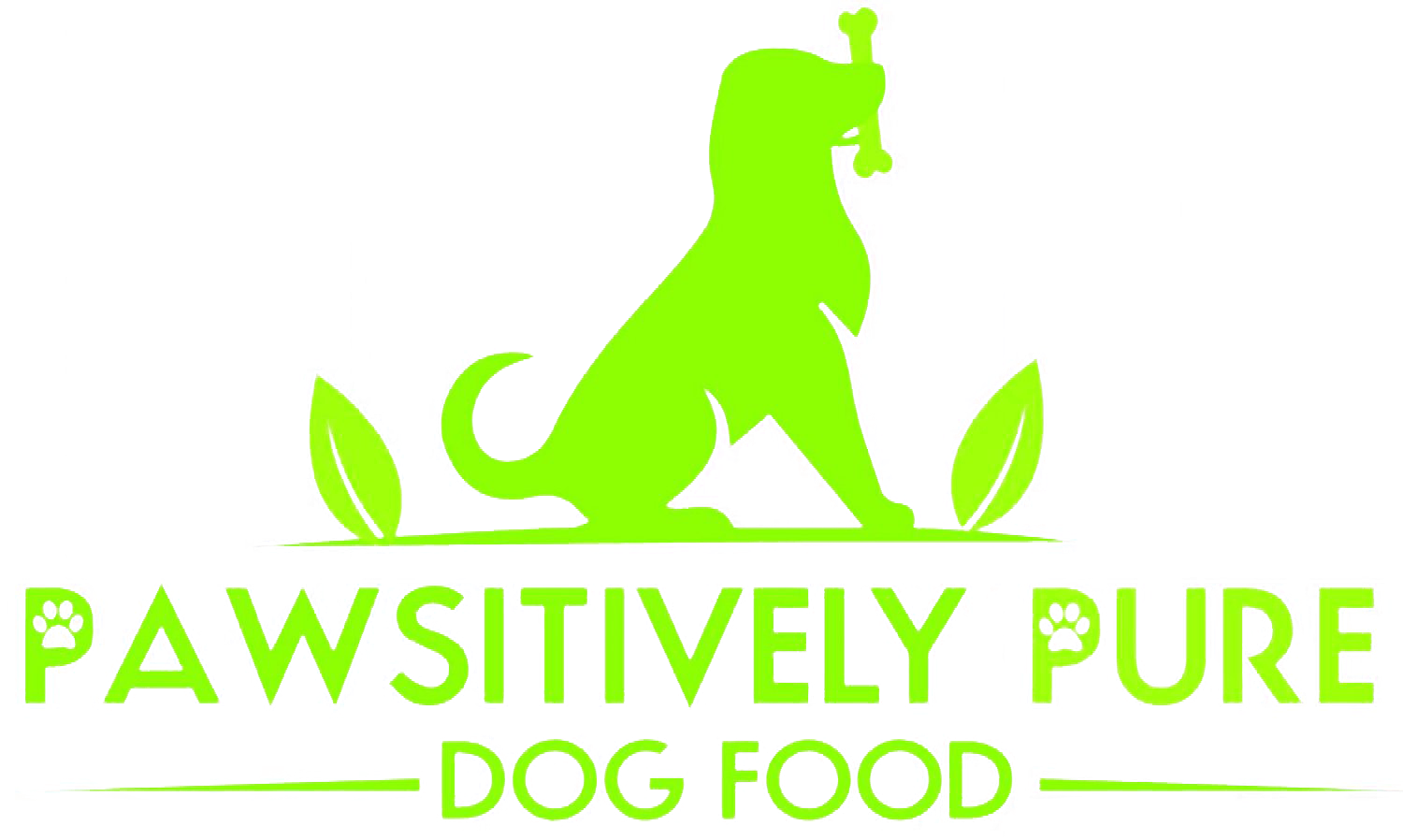As we hope you’ve heard by now, we released our brand new Chicken Crisps over the summer! They’re the latest addition to our line of wholesome, human-grade treats for dogs. How do we make them? We dehydrate chicken--and that’s it. Nothing more than wholesome protein and a craveable crunch for your four-legged friends.
If you’re just entering the world of human-grade dog food and wholesome diets, knowing which proteins to choose for your dog might be difficult. After all, we know that some human foods--even healthy fruits and vegetables, like grapes and avocados--are dangerous to dogs. Luckily, most dogs can ingest a wide variety of proteins, from chicken to lamb, without too much difficulty beyond the normal food transition period.
A Lean, Healthy Protein
You’ve probably had a chicken-based or chicken-flavored food for your dog at some point. Most dogs find chicken pretty tasty, giving it instant appeal as a treat. Chicken is among the lean proteins, so it’s a great way to provide your dog with the energy he needs for a full day of fun without extra calories.
Vitamins and Minerals
Chicken is full of healthy vitamins and minerals that help your dog live her best life! First of all, it’s a great source of Omega-6 Fatty Acids, which are beneficial fats that give your dog a beautiful coat and healthy skin. It’s also packed with glucosamine, a natural substance that helps maintain healthy joints and reduce pain and stiffness from arthritis. The great thing about dehydrating the chicken, like we do for our Chicken Crisps, is that they keep all the added nutrients of chicken since they’re not heated or cooked.
A Word of Caution
Most people think that grain allergies are the most common food allergies in dogs, when in reality, dogs are more likely to have sensitivities to proteins they’re not used to. Before you feed your dog chicken and chicken-based products, give them a small amount and monitor them for any stomach upset or loose stools.
Dogs go Crazy for Chicken Crisps!
So far, all the dogs we’ve seen that have gotten to try our Chicken Crisps gobble them up like there’s no tomorrow! They’re crunchy without being too hard on the teeth and just plain delicious. Purchase a bag for your dog here, or call Pawsitively Pure at 407-450-6151 for more information.





